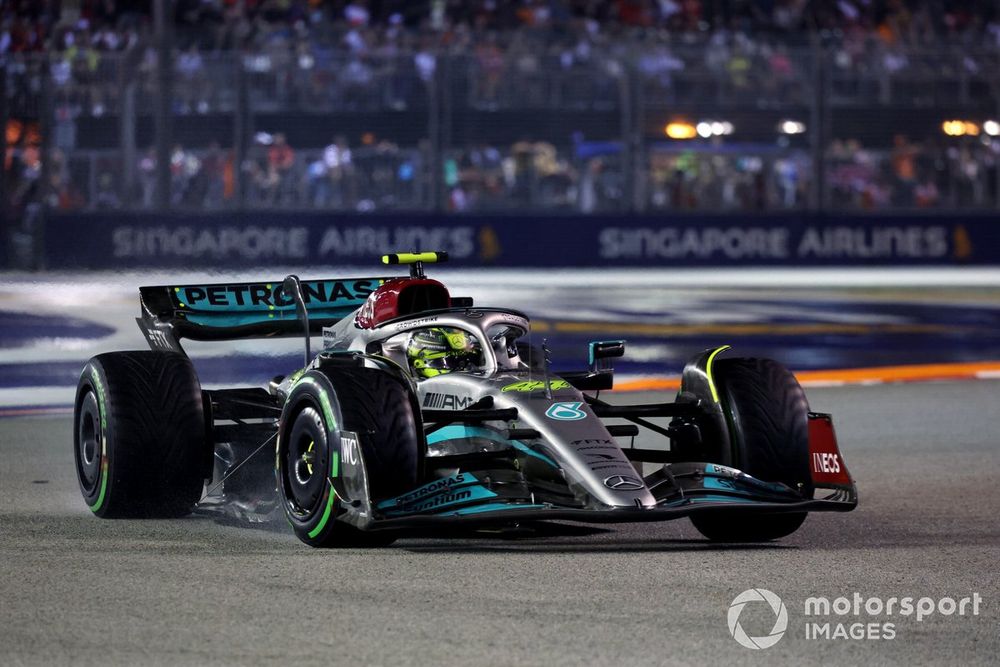Scrutineering plays a crucial role for any F1 grand prix, as it’s the technical checking of cars to ensure all entrants are legal throughout a race weekend.
It is something all cars and drivers must go through where one failed test could result in disqualification. So, the FIA – who carry out the checks – uses a rigorous process to ensure everything is as precise as possible.
But, how does the process work and what are race officials looking for when determining if an entrant is complying to the regulations or not?
How does scrutineering work in F1?
There are three different steps to scrutineering at an F1 weekend: pre-event, in-race and post-race.
For pre-event scrutineering, a team must submit a declaration form – provided by the FIA – no later than two hours before first practice and stewards will summon any constructor that has failed to meet the deadline.
On the declaration form, teams must confirm each of its cars complies with the regulations before further checks are made at random by the FIA to ensure what gets submitted matches the actual thing. This system has been in place since 2019 for practicality reasons as beforehand, cars queued in the pitlane on Thursdays to get scrutineered by race officials which was a longer process.
Mistakes have still happened under the new system though. Mercedes once received a €25,000 fine at the 2022 Singapore Grand Prix for submitting an inaccurate pre-event scrutineering form regarding Lewis Hamilton.
Lewis Hamilton, Mercedes W13
Photo by: Steve Etherington / Motorsport Images
Its form declared that Hamilton was not going to wear jewellery during the weekend, but he had a nose stud attached which Mercedes was unaware of. Despite it being an accident, the declaration form was still deemed inaccurate, so Mercedes was fined post-qualifying.
As pre-event scrutineering is now done by teams, it makes in-race scrutineering even more important as it’s the first proper chance the FIA gets to check cars are legal. A way in which this is done is by having race officials inside each garage during track time where they will observe the car, monitor the work that gets done around it and check tyres for conformity.
Once in 2015, a team was reprimanded by scrutineer Kartik Chaturvedi for filling fuel too quickly so it is always a very serious and thorough process.
In-race scrutineering was then helped by the introduction of laser scans in 2022, which complete…
Click Here to Read the Full Original Article at Autosport.com – Formula 1 – Stories…

